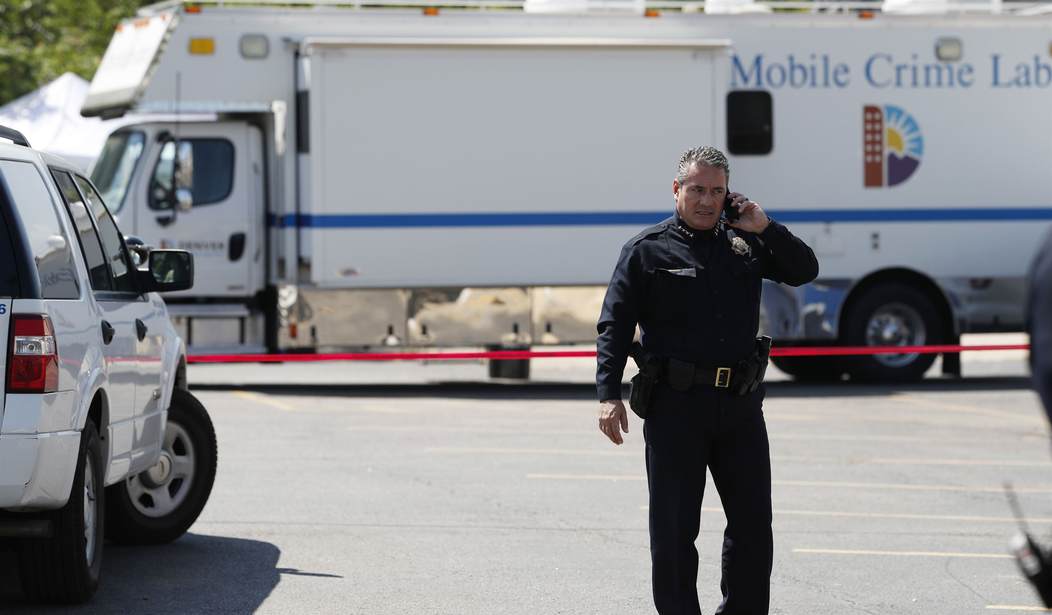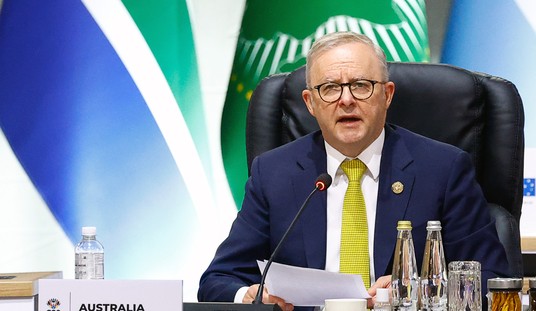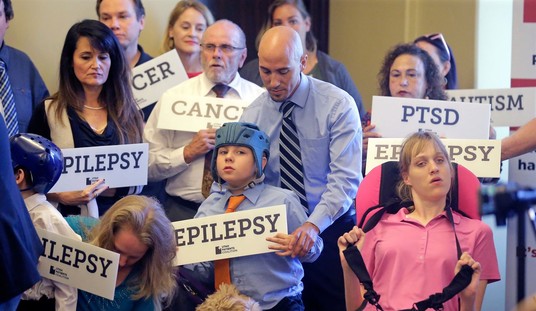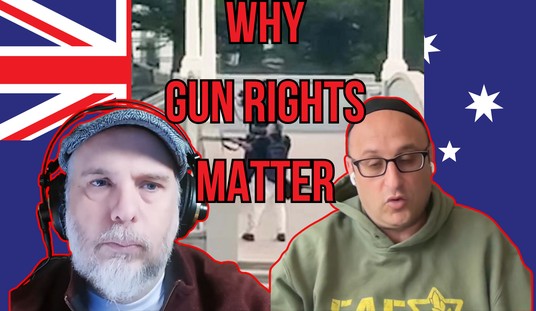Whenever a high-profile act of violence takes place in a state with relatively few gun control laws the media quickly and repeatedly brings up that fact, as we recently saw in Lewiston, Maine. Reporters glossed over that the state has one of the lowest violent crime rates in the country, while politicians from Joe Biden on down ignored the repeated failures in the months beforehand that allowed the killer to carry out his murderous attack on bowling alley and restaurant patrons. We’ve heard that Maine’s “yellow flag” law was to blame, even though there’s no sign that any law enforcement agency tried to use it. Rep. Jared Golden blamed the rifle used in the attack and declared himself on board with banning the production and sale of so-called assault weapons, though he also said he wouldn’t support making existing ownership illegal; an odd position to take if you really believe that no one should own an AR-15.
When violent crimes happen in places with many gun control laws already in place, however, the media almost always ignores them. A lack of gun control laws is reason to push for more, but the existence (and failure) of gun control laws isn’t worth mentioning. The most recent example of this phenomenon comes from the Denver Gazette and its report on “gun violence” in the Mile High City and suburbs like Aurora, which suggests that the “availability of guns” is to blame.
Officials and others often point to the ease of access to guns in the city as a reason for the increase in gun-related deaths and injuries.
In particular, the police blamed “ghost guns” — weapons that can be built at home and don’t have serial numbers. Colorado banned 3D-printed guns this year.
The spike in the use of “ghost guns” occurred nationwide. A 2023 report from the Bureau of Alcohol, Tobacco, Firearms and Explosives said law enforcement confiscated and submitted to ATF 19,273 ghost guns in 2021, a 1,083% increase from 2017.
Between Jan. 1 and Oct. 28 this year, Denver police recovered 1,920 firearms. The police department recovered 1,947 in the same time period last year.
…
Eileen McCarron, president of Colorado Ceasefire, said the increase in weapons directly correlates to the increase in shootings.
“When there are more guns, there’s more death. It’s that simple,” said McCarron, whose group has been working to prevent gun violence.
McCarron said people began to buy guns before the pandemic lockdown in 2020. She blamed those guns for the increase in violence since 2019, even if, she reiterated, they were not committed by their original purchasers.
Irresponsible and new gun owners may leave their weapons unattended, allowing them to get snatched by “prohibited buyers and youth,” she said.
To the Gazette‘s credit, they do quote several individuals who are less convinced than McCarron that more gun sales equal more “gun violence”, including former Denver police chief Paul Pazen. But what really struck me is the complete and total absence of any reference to the many gun control laws that have been put in place in Colorado over the past ten years.
In 2013 the state legislature imposed “universal” background checks and a ban on “large capacity” magazines (defined as any magazine capable of holding more than 15 rounds). Five years later the state’s violent crime rate had increased by 25%. In 2019, Gov. Jared Polis signed a “red flag” bill into law, while in 2021 Democratic lawmakers repealed the state’s firearm preemption law and gave the green light to localities to impose their own, more restrictive ordinances. The following year violent crime was once again on the upswing, though the current data for 2023 suggests the state might finally see some good news and drops in violent crime categories at the end of the year.
The state’s Democratic majority has been taking steps to “limit the availability of guns” for more than a decade, and the results have been downright abysmal. I’m not saying that these restrictions on the right to keep and bear arms are the cause of Denver’s increasing rate of violent crime, but they sure haven’t done anything to bring those numbers down. I’d say that’s at least worth bringing up in response to McCarron’s claim, especially since her theory doesn’t hold up to the slightest bit of scrutiny.
According to the National Shooting Sports Foundation there’ve been 51 straight months of at least 1 million gun sales, which, if McCarron is right, means we should have seen 51 straight months of increasing violent crime around the country. That isn’t what’s happened. Instead, as crime analyst Jeff Asher documented today, crime stats in most major cities show a much different trend.
Most of the cities saw big increases around the same point in mid-2020 and most of the cities began to see sudden, large declines at some point in late 2022 or the first half of 2023.
There are other places that only produce YTD counts that are seeing declining gun violence and murders this year (like Los Angeles where shooting victims are down 10.4 percent this year). There are places like Cincinnati that are seeing declining gun violence but did not see quite so large a rise in 2020. And there are other places that are seeing level (Seattle and Wilmington) or slightly increasing gun violence this year.
If McCarron was right there’d be no good news at all to report because those “sudden, large declines” that Asher describes would never have taken place.
It’s disappointing that the Denver Gazette didn’t treat McCarron’s with more skepticism, but it’s even more concerning that the paper chose to completely ignore the many gun control laws enshrined at either the state or local level over the past decade and the lack of impact they’ve had in doing the very thing politicians promised: making Colorado a safer place.









